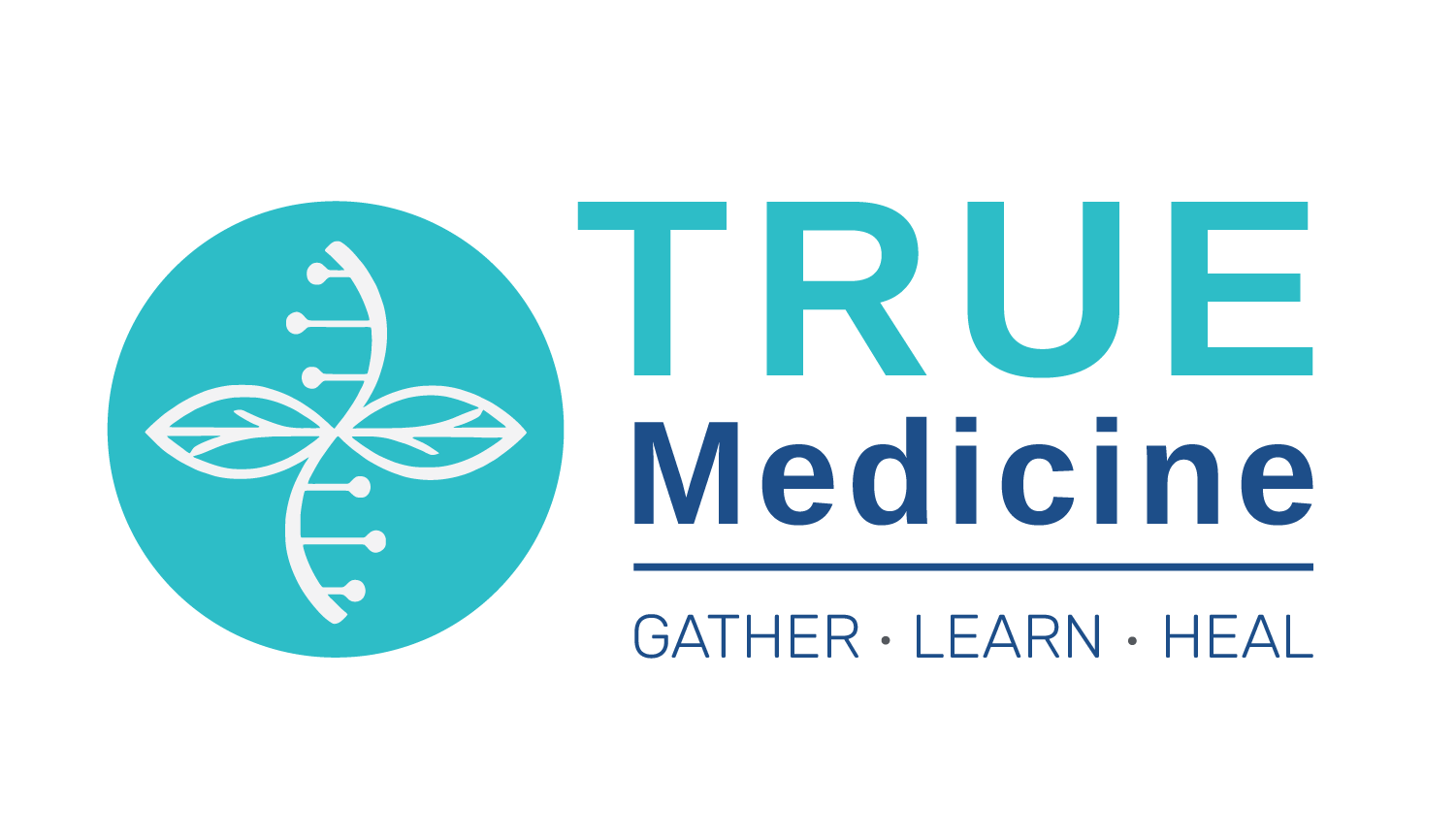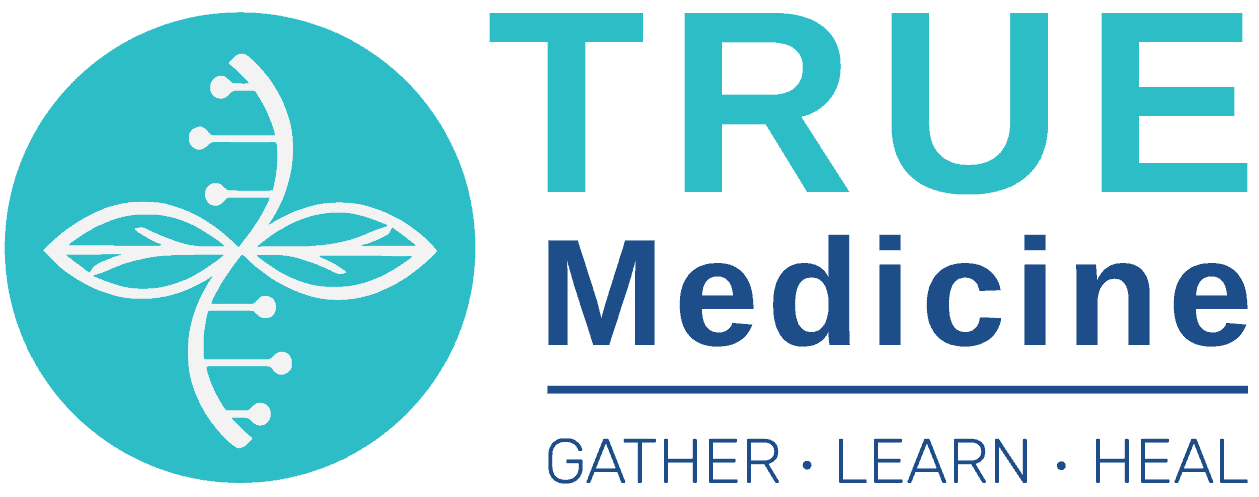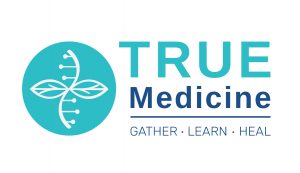Can toxins cause MS? How toxins enter and wreak havoc on the body (Part 4)

Is it surprising that human health depends on planetary health?
Scientists from generations ago didn’t have the foresight to predict the health consequences of us humans coming into contact with the chemicals they invented to make modern life possible.
Who would have thought taht BPA from plastics, PBDE fire retardants sprayed on cribs and couches, and phthalates scenting our personal care and cleaning products could disrupt human hormones? Or that they could contribute to thyroid dysfunction, early puberty, obesity, infertility, and especially relevant to those of us with MS, inflammation and autoimmunity?
Our bodies are in constant contact with our immediate environment, taking in what is floating around. This is why intentionally designing healthy home and work spaces is so important. It’s our best chance at minimizing the number of chemicals that get into our bodies. and wreak havoc.
How do toxins infiltrate our bodies?

When we rub lotion onto the skin or touch the varnish on a table, chemicals in these products penetrate the skin and enter the body.

When we eat processed or pesticide-laden foods, toxins found in these foods enter through the mouth and cross the lining of the GI tract to get into the body.

When we breathe in toxic substances like polluted air on the highway or perfume, the compounds lingering in the air enter the body through the respiratory tract.
In a previous post, I discussed that toxins are widespread and insidious. You don’t have to live next to a highway or factory to breathe polluted air. Because we share one ecosystem, everything is connected. That’s how mercury released into the air in Asia can make its way over to California and contaminate our rainwater. And as a result of the widespread nature of toxins, we are all exposed.
The health effects of daily exposure to man-made chemicals become visible when these compounds accumulate in the body. Often the liver and other systems of detoxification get overwhelmed by the sheer number of molecules coming. As these man-made toxins build up in the body, we begin to see their impact on nearly every system of the human body, as described above.
Because we share one ecosystem, everything is connected.
How do we know toxins are the culprit, though?
The interaction between toxins and our body systems is complex. Despite mounting evidence in the scientific literature as to the infinite ways toxins can cause harm, predicting who will show signs and symptoms of toxicity is not simple. Why?
- There is no predetermined dose of a toxin that reliably causes harm. Take mercury, for instance. There has been growing awareness in dentistry that mercury, commonly used to fill cavities, is highly toxic. Yet findings are inconsistent; certain individuals exposed to high levels of mercury show no symptoms, while others are symptomatic at low levels. Even though laboratories have cut-off points for heavy metals, I don’t find these thresholds useful. I’ve had patients with low mercury levels work on heavy metal detox and feel better. Therefore, there is no “one size fits all” approach.
- The timing of exposure matters. For example, exposure to BPA (bisphenol A – a chief chemical in plastics) may be especially detrimental at certain developmental stages, such as fetal life, when being breastfed, and again at puberty. Studies seem to indicate that exposure during puberty may raise a woman’s risk of developing breast cancer far more than exposure in later life.

- The interaction of multiple toxins in the body can have a synergistic harmful effect. This means that the harm from mercury and BPA exposure together is far greater than the sum of BPA and mercury exposure alone. Given that we are all widely exposed to hundreds of compounds, the concept of synergy is not a far-fetched idea.
- Further complicating the matter, a single compound can have multiple variable effects. For example, organophosphate pesticides sprayed on conventionally raised, non-organic foods may be responsible for cognitive impairment, blood sugar irregularities, obesity, and metabolic syndrome. Which symptom dominates will depend on the unique characteristics of the individuals such as genetics, timeframe and dose of exposure, and other coexisting medical conditions.
As you can see, tying man-made toxic exposures to human disease is not easy. But we do have enough convincing scientific evidence to take action and reduce our exposures. Knowing how toxins enter the human body arms us with actionable steps to effectively reduce the number of toxins that get in, minimizing the damage from these poisons. Now that is an upstream approach to healing autoimmunity, inflammation, and MS at the root cause.
Learn with us! Integrative & functional medicine for autoimmunity & inflammation




Responses